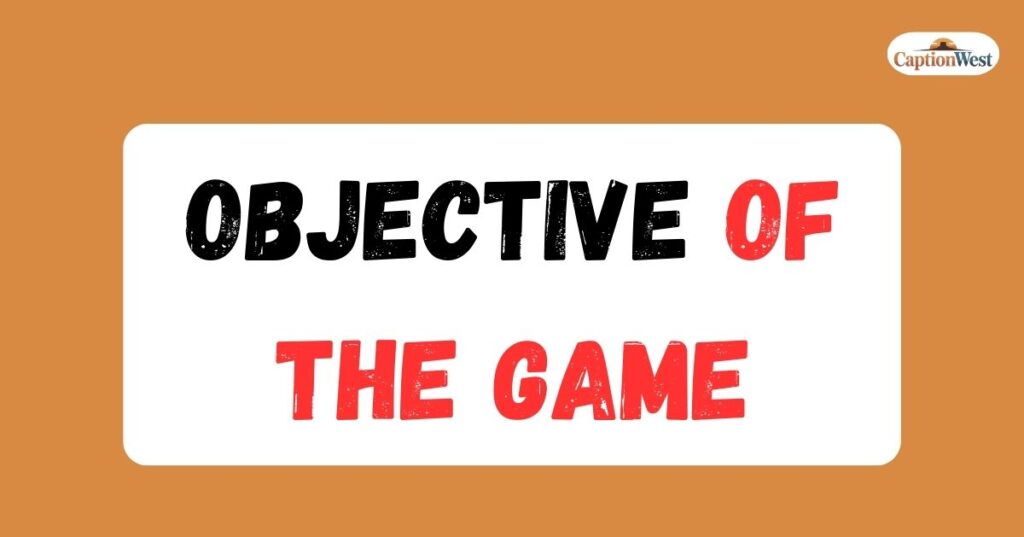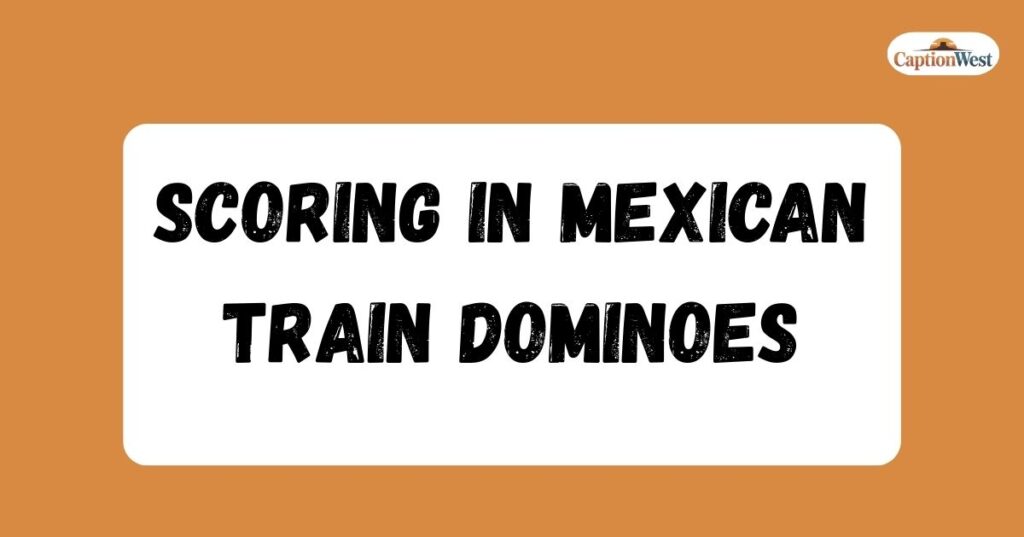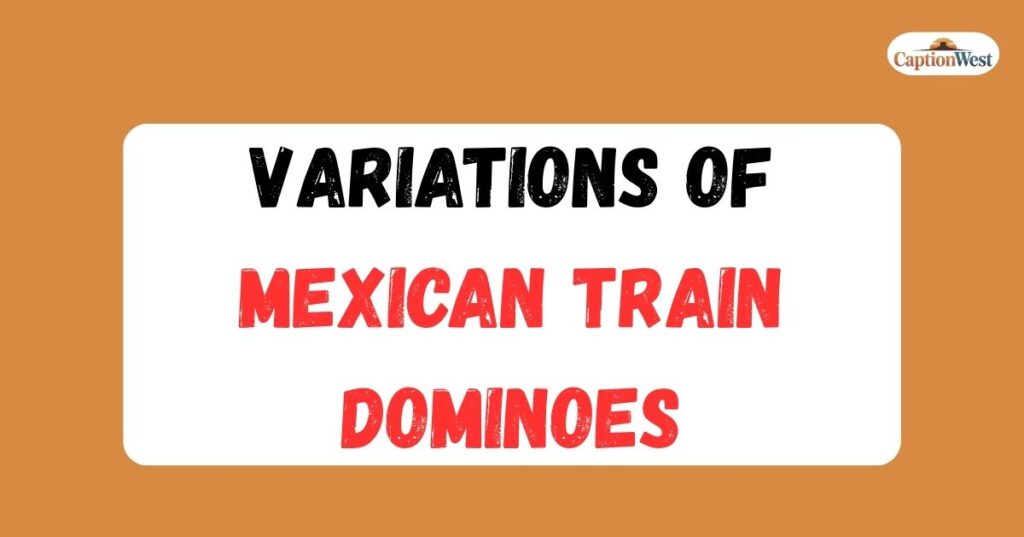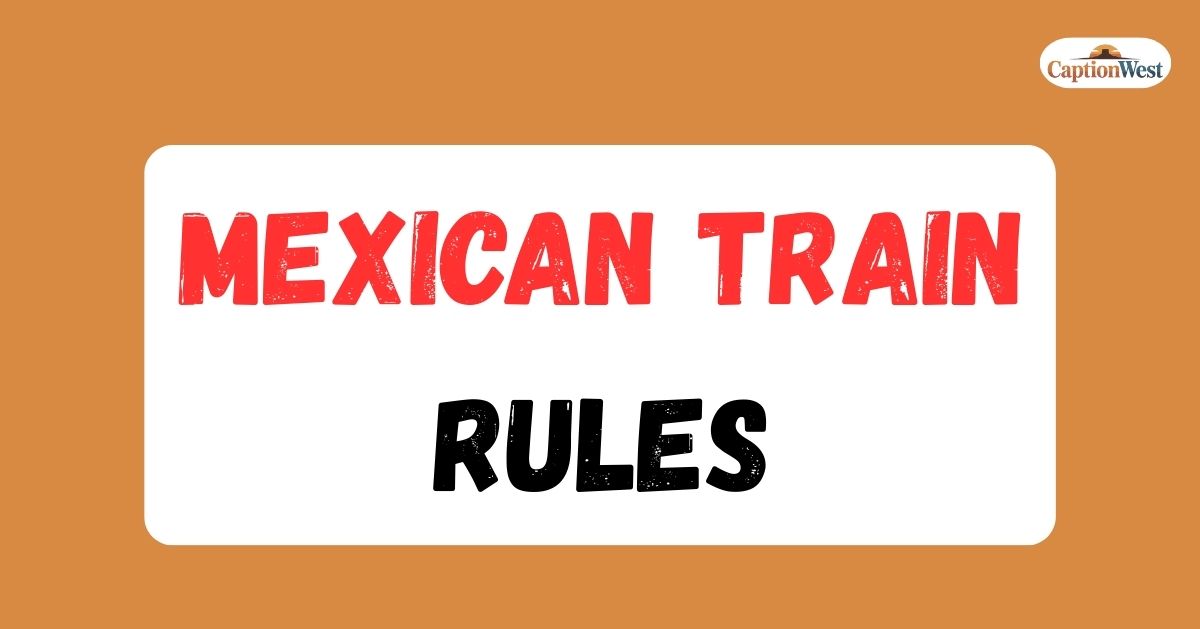If you love classic family games that mix a little bit of luck with a good amount of strategy, then Mexican Train Dominoes is a must-try. This game has grown popular in homes, game nights, and even tournaments because it’s easy to learn yet challenging enough to keep everyone hooked.
Whether you’re completely new to domino games or you’ve played a few times and want to sharpen your skills, understanding Mexican Train Rules is the first step toward mastering it.
In this guide, we’ll break down the setup, gameplay, scoring, strategies, and common questions so you’ll feel confident the next time someone suggests a round of Mexican Train.
What You Need to Play Mexican Train Dominoes
Before diving into the rules, let’s look at what’s required to start a proper game of Mexican Train Dominoes:
- Domino Set: Most commonly, players use a double-12 domino set, which includes 91 tiles. For smaller games, a double-9 set may work.
- Markers: Each player needs a marker (coin, poker chip, button, or any small item). One extra marker is placed to represent the Mexican Train.
- Players: Typically, 2 to 8 people can play comfortably.
- Boneyard: This is the pile of unused dominoes placed face down after the initial draw. Players will draw from it when they can’t make a move.
With everything ready, you’re set to learn the rules and get started.
Objective of the Game

The main goal of Mexican Train Dominoes is simple: be the first player to get rid of all your dominoes. If you can’t go out first, the objective shifts to finishing the game with the lowest total pip count (the dots on your tiles).
Every player builds their own private train of dominoes while also having the option to play on the shared Mexican Train. Balancing your moves between your private train, the public train, and even other players’ trains (when they’re open) is where strategy comes into play.
Setting Up the Game
- Shuffle the Dominoes: Turn all dominoes face down and mix them well.
- Draw Starting Tiles: Each player draws one tile to determine who goes first. The highest double or highest pip count wins the first move. Afterward, return the tiles and reshuffle.
- Draw Hands: The number of dominoes drawn depends on the number of players:
- 2–4 players → 15 tiles each
- 5–6 players → 12 tiles each
- 7–8 players → 11 tiles each
- 2–4 players → 15 tiles each
- Boneyard Setup: All remaining tiles stay facedown in the center as the boneyard.
- Player Hands: Players stand their dominoes on edge, hidden from opponents.
Starting the Mexican Train
- The first player (determined earlier) starts the game by laying down the highest double they hold. This double becomes the station number (e.g., a double-6 means all trains must begin with a 6).
- If no one has a double, play continues clockwise, and each player draws one tile until a double is found.
Once the station number is set, each player must begin their own private train by placing a tile that matches the station number.
If a player cannot start, they must draw from the boneyard. If still unable to play, they mark their train with a token, signaling that others may play on it.
Gameplay Rules Step by Step
1. Playing Dominoes
- Dominoes must be placed end-to-end, matching the numbers.
- Players take turns clockwise, playing one tile per turn.
2. Playing Doubles
- A double (same number on both ends) gives the player an extra turn.
- However, doubles must be closed, meaning another tile must be played on them before play continues elsewhere.
- If a player cannot close a double, they draw from the boneyard.
3. Open and Closed Trains
- Each player controls their own train, but if marked with a token, it becomes “open” and other players may play on it.
- The Mexican Train (public train) is always open for everyone once it has started.
4. Drawing from the Boneyard
- If a player cannot make a move, they must draw one tile from the boneyard.
- If still unable to play, they mark their train and pass their turn.
Scoring in Mexican Train Dominoes

The round ends when:
- A player plays all their dominoes (score = 0), OR
- No more moves can be made.
At the end of the round, each player counts the dots (pips) on their remaining dominoes. Those points are added to their score.
A standard game runs for three rounds, and the player with the lowest total score wins.
Strategy and Tips for Beginners
Winning Mexican Train Dominoes isn’t just about luck, it requires a smart balance of offense and defense. Here are some strategies to keep in mind:
- Play High-Value Tiles Early: Get rid of tiles with high pip counts before they trap you.
- Keep Multiple Options: Try to keep a variety of numbers in your hand for flexibility.
- Watch Opponents: Notice which numbers are being played or avoided to anticipate moves.
- Use the Mexican Train Wisely: It’s a great way to get rid of extra tiles, but don’t rely on it too heavily.
- Close Doubles Quickly: Unresolved doubles can stall your game and give others an advantage.
- Block Strategically: If you can limit your opponents’ moves, you’ll increase your chances of winning.
Common Mistakes to Avoid
Even experienced players make simple mistakes that cost them the game. Watch out for these:
- Forgetting to close doubles, which can lock you out of key moves.
- Saving high-value tiles until the end.
- Ignoring the boneyard and drawing recklessly.
- Overusing the Mexican Train instead of focusing on your private train.
Read Must : PirloTV Fútbol en Vivo 2025: Mira Gratis Todos los Partidos Online
Frequently Asked Questions About Mexican Train Rules
Q: What if no one has a double at the start?
A: Each player draws from the boneyard until a double is found.
Q: Can you play on someone else’s train?
A: Only if their train is marked with a token.
Q: What happens if the boneyard is empty?
A: If no tile can be drawn, the player must pass and mark their train if they can’t play.
Q: Do you announce when you have one tile left?
A: Yes, players must say “uno” or tap twice on the table.
Q: Can doubles be played on the Mexican Train?
A: Yes, doubles can be played on any train, but the double must still be closed.
Variations of Mexican Train Dominoes

Like many classic games, Mexican Train has several fun variations depending on house rules or personal preferences:
- Shortened Rounds: Instead of three rounds, play just one long round.
- Double-9 Variation: For faster games, use a smaller domino set.
- Tournament Style: Multiple rounds with a set number of points to reach.
- House Rules: Families often create their own twists, such as bonus points for certain plays.
Why Learning Mexican Train Rules Matters
Understanding the official Mexican Train Rules ensures a fair and enjoyable game for everyone at the table. Many players rely on house rules, which can create confusion, but following the standard version keeps the gameplay smooth. Beginners especially benefit from learning these Mexican Train Rules early on, as it helps them make better decisions and develop stronger strategies.
Mastering Mexican Train Rules for Family Game Nights
If you love hosting family or friends, knowing the proper Mexican Train Rules can make your game nights exciting and competitive. The rules provide structure, prevent arguments, and allow both kids and adults to enjoy the same experience. By practicing the Mexican Train Rules, players quickly learn how to balance luck with strategy, making the game both challenging and fun.
Conclusion
Learning the Mexican Train Rules is the first step toward enjoying one of the most exciting domino games around. With a balance of luck, smart strategy, and the ability to read your opponents, you’ll find yourself improving with every game.
Whether you’re playing casually with friends, at family gatherings, or in competitive circles, Mexican Train Dominoes offers endless fun and challenge.
So grab your domino set, gather your players, and start your own train, it’s time to enjoy the ride.

